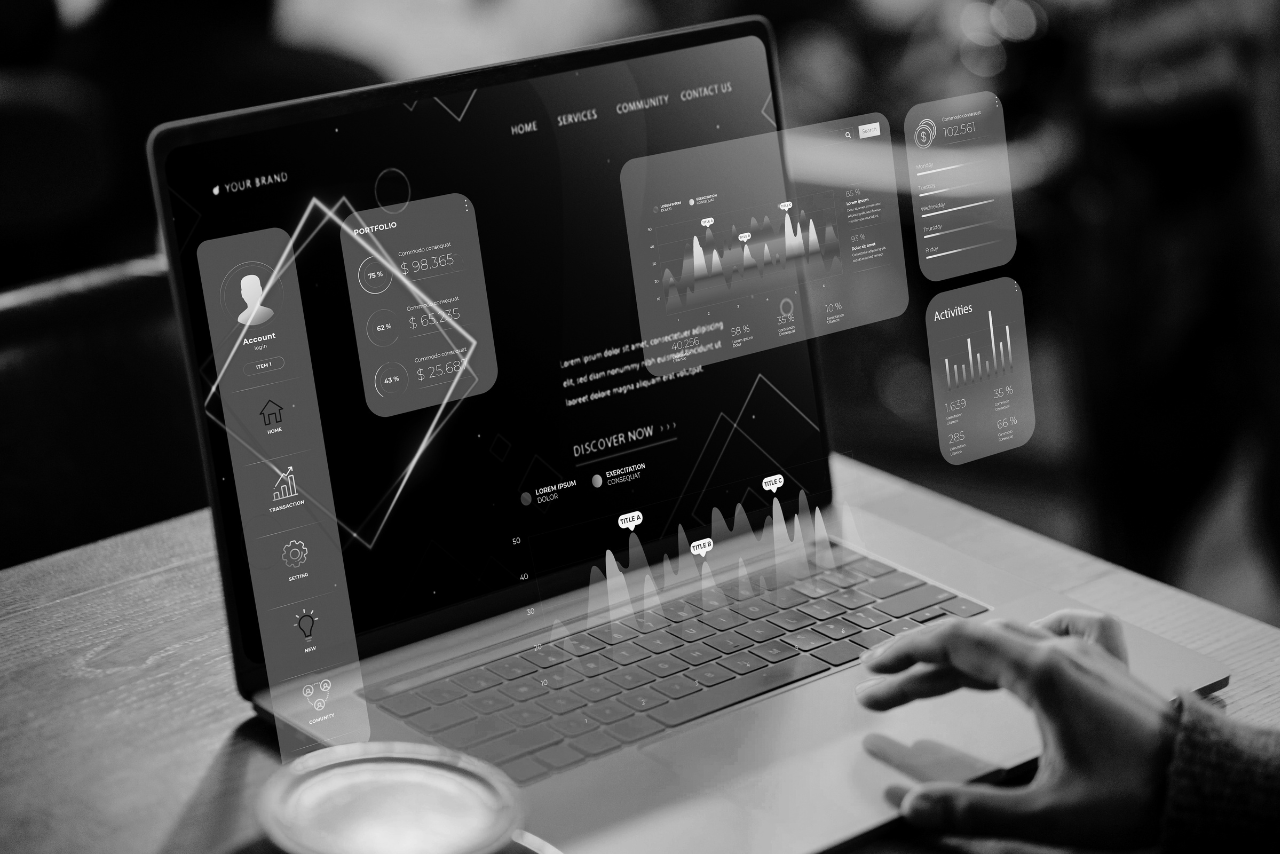Marketing metrics can seem confusing, but they’re essential tools for tracking your campaign’s success at every stage. Understanding the difference between CPM, CPC, CTR, CPL, CPA, and CPI helps you spend your budget wisely and focus on what drives results.
Strategic Applications
Understanding how these metrics work together allows marketers to create more effective campaigns across the entire customer journey:
- Begin with CPM to build awareness
- Optimize CPC and CTR to drive engagement. Concentrate on CPL to gather prospect information
- Focus on CPL to capture prospect information
- Utilize CPA/CPI to drive final conversions
Rather than worrying about all these technical details, clients should partner with marketing experts who can navigate these complexities and choose the most effective models for their specific business goals.
Top Funnel Metrics
CPM vs CPC
CPM (Cost Per Mille) determines how much it costs to show your ad to 1,000 users, making it excellent for increasing brand awareness at the top of the marketing funnel.
CPC (Cost Per Click) is what advertisers pay when a user clicks on their ad, often more expensive than CPM but better for driving traffic and increasing brand engagement.
When to use each: Use CPM for broad awareness campaigns; switch to CPC when you want to generate more specific interest and website visits.
Middle Funnel Metrics
CPC vs CTR
CPC measures how much you pay for each click on your ad.
CTR (Click-Through Rate) determines what percentage of people who see your ad actually click on it, serving as a key performance indicator of campaign effectiveness.
When to use each: Monitor both together—CPC tells you the cost efficiency while CTR shows how compelling your ad is to your audience.
CPL vs CPC
CPL (Cost Per Lead) is what advertisers pay when someone submits their contact information through a form, ideal for businesses looking to collect prospect data.
CPC only charges when someone clicks your ad, regardless of what they do afterward.
When to use each: Use CPC initially to drive traffic; implement CPL when you’re specifically focused on collecting qualified leads for your sales team.
Bottom Funnel Metrics
CPA vs CPL
CPA (Cost Per Action) means advertisers pay when users complete a specific predetermined action (purchase, sign-up, etc.).
CPL charges advertisers when potential customers provide their contact information, positioning them in the middle of the marketing funnel.
When to use each: Use CPL for building your prospect database; shift to CPA when you’re focused on driving specific conversion actions.
CPI vs CPA
CPI (Cost Per Install) is what advertisers pay when users install an app or software based on their ad.
CPA covers a broader range of conversion actions beyond just installations.
When to use each: Use CPI specifically for app marketing campaigns; use CPA for more diverse conversion goals.
We hope this article has been helpful. If you are looking for a team of experts to help you with your digital marketing, please contact us today. At Ragnarok Solutions agency we would be happy to discuss your specific needs and develop a custom digital marketing strategy that will help you reach your target audience and achieve your business goals.





